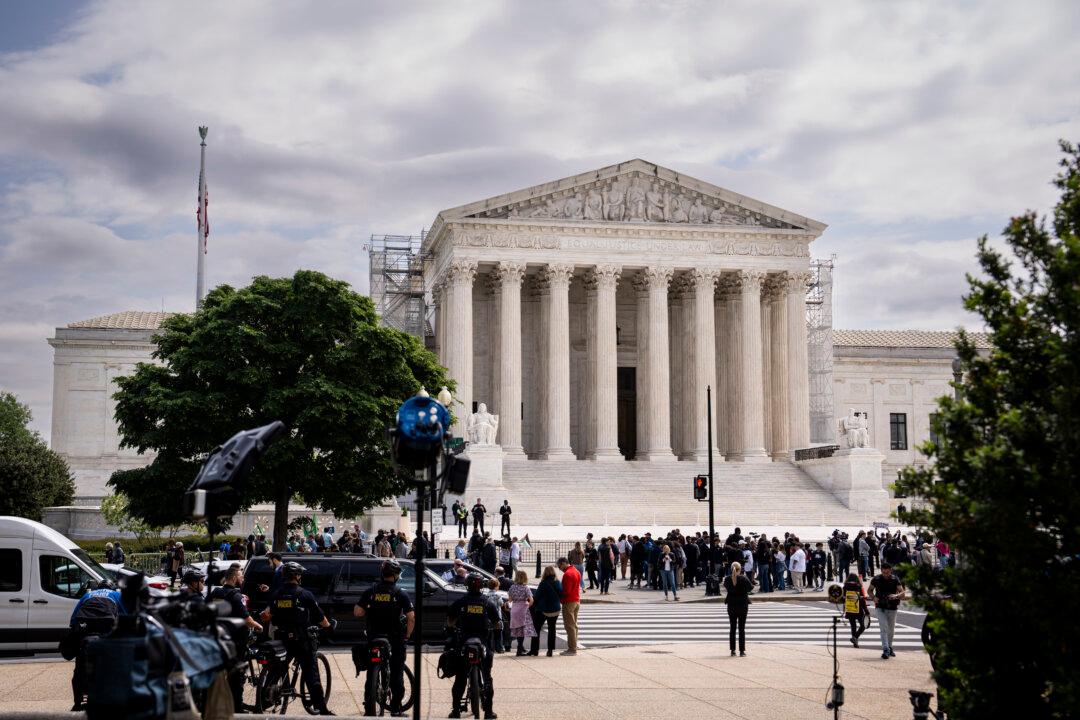California lawmakers recently tried to take bold action to combat the growing fentanyl crisis by increasing the punishment for drug traffickers and sellers. However, according to an advocate, a bill that would have helped address the issue was “shot down” by the state Assembly’s Public Safety Committee on April 19.
Jaime Puerta, a California resident and president of the advocacy group Victims of Illicit Drugs, told The Epoch Times about the loss of his 16-year-old son, Daniel, to fentanyl—a synthetic opioid 100 times more potent than morphine—in 2020, and his disappointment in the committee’s decision.




